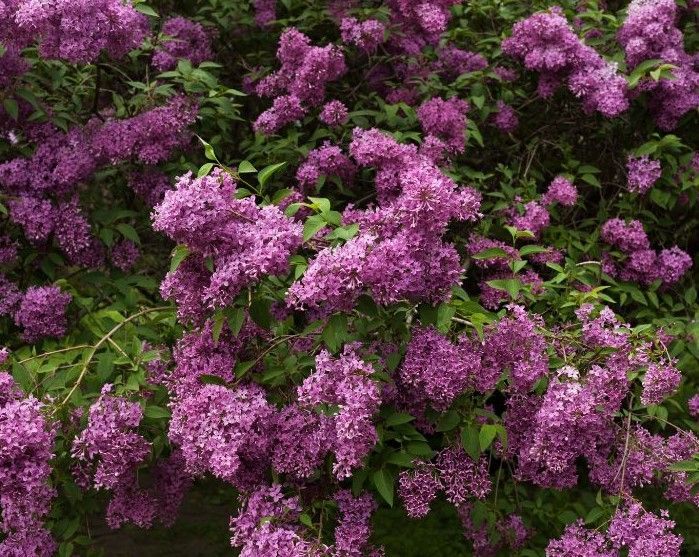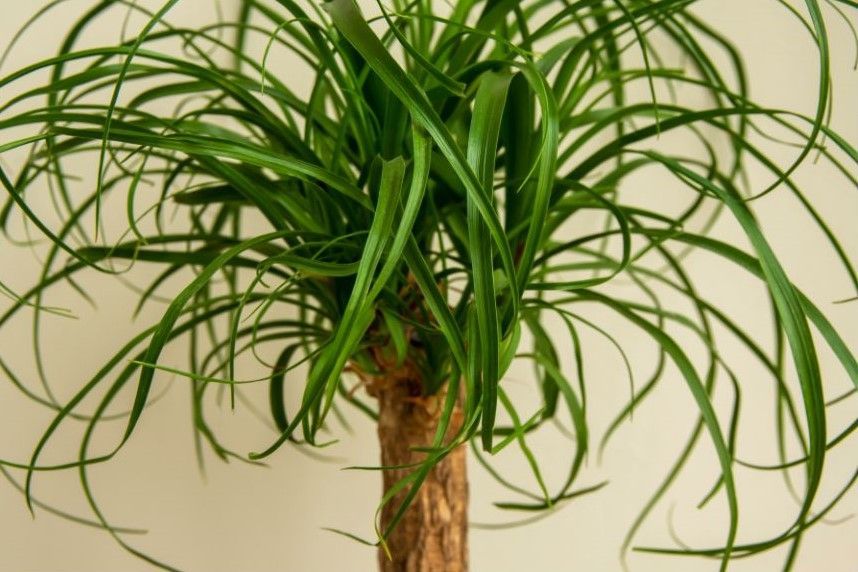The Kousa Dogwood Tree
The Kousa Dogwood, scientifically known as Cornus kousa, is a small deciduous tree native to East Asia, particularly Japan, Korea, and China. It's become a popular ornamental landscape tree, highly regarded for its smaller stature, low maintenance requirements, and unique spring-blooming flowers.
Kousa dogwoods are generally easy to care for and are fairly adaptable to most soil types and climate conditions. They prefer well-drained, acidic soil that is rich in organic matter, though they will grow in sandy, loamy, or clay soils as long as drainage is adequate. While they can tolerate some shade, they tend to flower more profusely and have better foliage coloration when grown in locations with ample sunlight. However, in hotter climates, they may benefit from some afternoon shade to protect them from intense heat.
Like most, this species of dogwood typically grows to about 15-30 feet in height and has a spreading, vase-shaped canopy. Its leaves are dark green and oval-shaped, turning reddish-purple in fall, creating an interesting display of color and texture for your autumn landscape.
One of the reasons this tree has gained popularity is its eye-catching appearance, especially in late spring when it blooms. Generally, Kousa dogwoods start blooming when they reach a certain level of maturity, typically within a few years after planting. While they are not the typical large, showy blossoms that are often associated with other dogwood species, the flowers of this species instead consist of dense clusters of small, four-petaled structures called bracts. These bracts are modified leaves that surround the actual flowers, giving the appearance of larger blooms. They usually are a creamy white color, although some varieties may exhibit slight variations, ranging from pale yellow to light green.
After flowering, the Kousa Dogwood produces berry-like fruits that are green at first but turn to a reddish pink color as they ripen in late summer to fall. These fruits are edible and can be consumed fresh or used in jams and preserves. The berries are also attractive to birds and other wildlife, making this tree a valuable addition to wildlife- and pollinator-friendly gardens.
Occasional pruning may be necessary to remove dead or diseased branches, maintain shape, and improve airflow within the canopy. Pruning is best done in late winter during the dormant season or early spring before new growth or flower production begins. These trees are relatively low maintenance once established and are generally more resistant to diseases and pests compared to other dogwood species.
Overall, the Kousa dogwood is an excellent choice for any landscape project. With its low maintenance requirements and compact size, it is a practical option that won't encroach on nearby structures. The spring-time flowers of the Kousa dogwood bring a vibrant burst of color and texture to your property, creating a focal point that is sure to catch the eye of onlookers and even spark conversations about its unique false flowers. As always, consult your arborist before you plant to make sure that you are giving your tree the best chance to thrive.

Sign up for monthly newsletters!
From easy tree care practices to fun DIY projects, we've got something for everyone.

Interested in what we can do for you?
Call us at 610-648-0404 or book an appointment online.

Sign up for monthly newsletters!
Get our latest articles, delivered right to your inbox. No spam, ever.
Check out the latest...
Sign up for monthly newsletters!
From easy tree care practices to fun DIY projects, we've got something for everyone.






WHAT WE DO
WHO WE ARE
Join the Tree Society newsletter
Get monthly articles on the latest in the tree care industry, curated by people deeply passionate about environmental stewardship.



